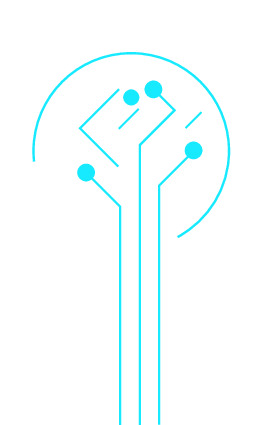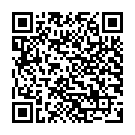|
|
|
| Module code: NE2204.NPP |
|
|
2V+2P (4 hours per week) |
|
5 |
| Semester: 2 |
| Mandatory course: yes |
Language of instruction:
English |
Assessment:
Oral exam (50%), practical exam with written composition (50%)
[updated 12.03.2020]
|
NE2204.NPP (P213-0145, P213-0146) Neural Engineering, Master, ASPO 01.04.2020
, semester 2, mandatory course
|
60 class hours (= 45 clock hours) over a 15-week period.
The total student study time is 150 hours (equivalent to 5 ECTS credits).
There are therefore 105 hours available for class preparation and follow-up work and exam preparation.
|
Recommended prerequisites (modules):
None.
|
Recommended as prerequisite for:
|
Module coordinator:
Prof. Dr. Dr. Daniel Strauß |
Lecturer: Prof. Dr. Dr. Daniel Strauß
[updated 16.09.2018]
|
Learning outcomes:
The students know variants of design and operating principle of neuroprostheses and can describe neuroprostheses as miniaturized medical technology systems, comprising sensors, integrated signal processing and actuators. The students can explain manufacturing and application of these systems. Besides the technical knowledge they can deal with safety requirements, approval procedures as a medical product and ethical considerations.
The students can independently plan, implement and test a battery-driven biosignal acquisition device. One focus of this project is on the communication of soft skills in planning and coordination of a defined R&D task in a small project team.
[updated 18.07.2019]
|
Module content:
Lecture:
Neuroprothetics as special medical engineering field, economic factors, technological and physiological foundations of neuroprothetics, functional elektrical stimulation, elektrotherapy, neuromodulation, neurostimulation, electrode types and electrode manufacturing, selected implants and neuroprotheses: cardiac pacemakers, deep brain stimulation, retinal implant, hearing implants (cochlea implant, brainstem implant), brain computer interfaces, elektrocorticography, bladder stimulation, prostheses oft he extremities (hand, foot, gait analysis...), Cyberhand concept, approval procedures, technical safety, ethical considerations of neuroprotheses, trends in neuroprothetics.
Practical training:
Design, assembly and testing of a battery-powered system for the acquisition, conditioning and analysis of myogenic biosignals (incl. approval regulations). Fundamental objective is the planing and implementation of a R&D project with selected ressources. The students learn to deal with problems in data acquisition, conditioning, data transmission and signal analysis, as well as the coverage of risk management, approval procedures as a medical product and the detailled documentation of the R&D process.
The practical lab course bridges the gap from idea to implementation and application of a medical product.
[updated 18.07.2019]
|
Teaching methods/Media:
PPT presentations, lecture notes, practical training manual
[updated 12.03.2020]
|
Recommended or required reading:
Akay, Metin: Handbook of Neural Engineering, Wiley - IEEE, 2007, ISBN 978-0470056691
Bertolaso, Marta; Di Stefano, Nicola (Eds.): The Hand: Perception, Cognition, Action, Springer, 2017, ISBN 978-3319668802
Black, J: Biological Performance of Materials, Marcel Dekker, 1992, 2nd Ed.
Dietz, Volker; Nef, Tobias; Rymer, William Zev: Neurorehabilitation Technology, Springer, 2011, ISBN 978-1447122760
Greco, Ralph S.; Prinz, Fritz B.; Smith, R.Lane: Nanoscale Technology in Biological Systems, CRC Press, 2005, ISBN 0-8493-1780-0
Horch, Kenneth W.; Dhillon, Gurpreet S.: Neuroprosthetics - Theory and Practice, World Scientific, ISBN 981-238-022-1
Krames, Elliot S.: Neuromodulation: A Comprehensive Handbook, Academic Press, 2009, ISBN 978-0-12-374248-3
Kyung, Chong-Min (Hrsg.): Nano Devices and Circuit Techniques for Low-Energy Applications and Energy Harvesting, Springer, 2016, ISBN 978-94-017-9989-8
Zhang, Mai; Naik, Rajesh R.; Dai, Liming (Eds.): Carbon Nanomaterials for Biomedical Applications, Springer, 2016, ISBN 978-3-319-22861-7
Zhou, David; Greenbaum, Elias (Hrsg.): Implantable Neural Prostheses 2: Techniques and Engineering Approaches, Springer, 2010, ISBN 978-0387981192
[updated 18.07.2019]
|


